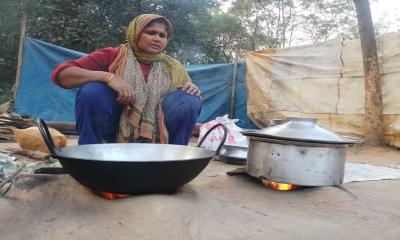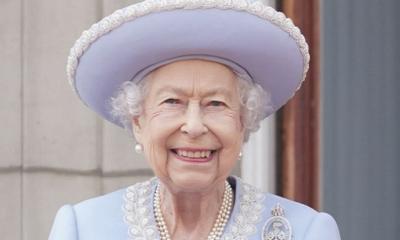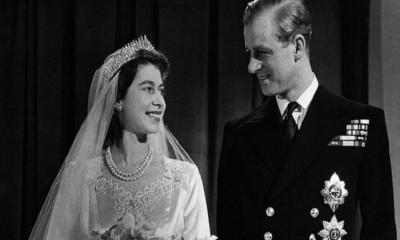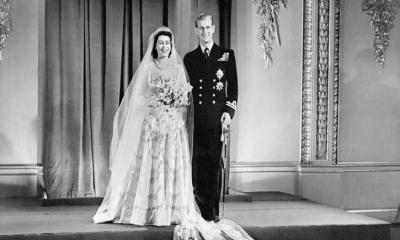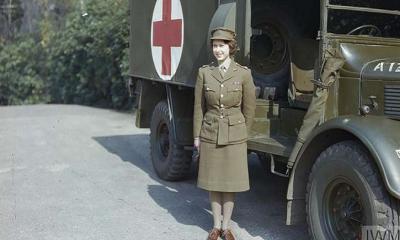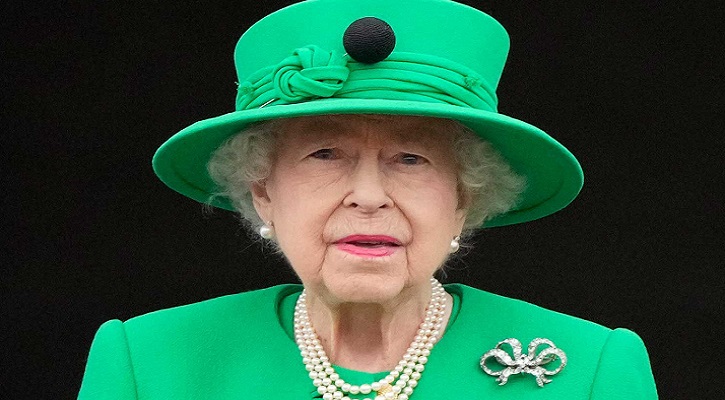
Early life of Elizabeth II.
- Women`s Corner
- September 9, 2022
Elizabeth II (Elizabeth Alexandra Mary; 21 April 1926 – 8 September 2022) was Queen of the United Kingdom from 6 February 1952 until her death in 2022. Her reign of 70 years and 214 days is the longest of any British monarch and the second-longest recorded of any monarch of a sovereign country. At the time of her death, Elizabeth was also Queen of 14 other Commonwealth realms, in addition to the United Kingdom.
Elizabeth was born in Mayfair, London, as the first child of the Duke and Duchess of York (later King George VI and Queen Elizabeth). Her father acceded to the throne in 1936 upon the abdication of his brother, King Edward VIII, making Elizabeth the heir presumptive. She was educated privately at home and began to undertake public duties during the Second World War, serving in the Auxiliary Territorial Service. In November 1947, she married Philip Mountbatten, a former prince of Greece and Denmark, and their marriage lasted 73 years until his death in April 2021. They had four children: Charles III; Anne, Princess Royal; Prince Andrew, Duke of York; and Prince Edward, Earl of Wessex.
Read More: There Are Five Types of Relationships. Choose Yours
When her father died in February 1952, Elizabeth then 25 years old became queen regnant of seven independent Commonwealth countries: the United Kingdom, Canada, Australia, New Zealand, South Africa, Pakistan, and Ceylon (known today as Sri Lanka), as well as Head of the Commonwealth.
Elizabeth reigned as a constitutional monarch through major political changes such as the Troubles in Northern Ireland, devolution in the United Kingdom, the decolonisation of Africa, and the United Kingdom's accession to the European Communities and withdrawal from the European Union. The number of her realms varied over time as territories have gained independence and some realms have become republics. Her many historic visits and meetings include state visits to China in 1986, Russia in 1994, the Republic of Ireland in 2011, and visits with five Popes.
Significant events include Elizabeth's coronation in 1953 and the celebrations of her Silver, Golden, Diamond, and Platinum Jubilees in 1977, 2002, 2012, and 2022, respectively. Elizabeth was the longest-lived and longest-reigning British monarch, and the second-longest verifiable reigning sovereign monarch in world history, only behind Louis XIV of France.
Read More: Some Things to say When Breaking up with Someone
She faced occasional republican sentiment and media criticism of her family, particularly after the breakdowns of her children's marriages, her annus horribilis in 1992, and the death of her former daughter-in-law Diana, Princess of Wales, in 1997. However, support for the monarchy in the United Kingdom remained consistently high, as did her personal popularity. Elizabeth died on 8 September 2022 at Balmoral Castle, Aberdeenshire. She was succeeded by her eldest son, Charles III.
Elizabeth was born at 02:40 (GMT) on 21 April 1926, during the reign of her paternal grandfather, King George V. Her father, the Duke of York (later King George VI), was the second son of the King. Her mother, the Duchess of York (later Queen Elizabeth The Queen Mother), was the youngest daughter of Scottish aristocrat Claude Bowes-Lyon, 14th Earl of Strathmore and Kinghorne, at whose London home (17 Bruton Street, Mayfair) she was delivered by Caesarean section.
She was baptised by the Anglican Archbishop of York, Cosmo Gordon Lang, in the private chapel of Buckingham Palace on 29 May, and named Elizabeth after her mother; Alexandra after her paternal great-grandmother, who had died six months earlier; and Mary after her paternal grandmother. Called "Lilibet" by her close family, based on what she called herself at first, she was cherished by her grandfather, George V, whom she affectionately called "Grandpa England", and her regular visits during his serious illness in 1929 were credited in the popular press and by later biographers with raising his spirits and aiding his recovery.
Read More: Symptoms of Appreciation Deficit Disorder
Elizabeth's only sibling, Princess Margaret, was born in 1930. The two princesses were educated at home under the supervision of their mother and their governess, Marion Crawford. Lessons concentrated on history, language, literature, and music. Crawford published a biography of Elizabeth and Margaret's childhood years entitled The Little Princesses in 1950, much to the dismay of the royal family.
The book describes Elizabeth's love of horses and dogs, her orderliness, and her attitude of responsibility. Others echoed such observations: Winston Churchill described Elizabeth when she was two as "a character. She has an air of authority and reflectiveness astonishing in an infant." Her cousin Margaret Rhodes described her as "a jolly little girl, but fundamentally sensible and well-behaved".
This article is taken from https://en.wikipedia.org/

